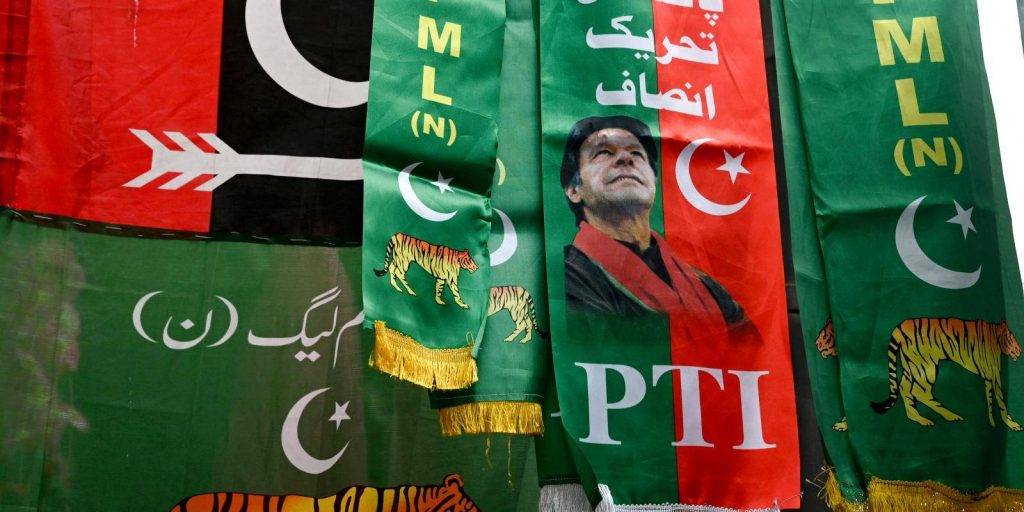Pakistan election 2024: A guide to the national elections today as 128 million head to the polls
Pakistanis are heading to the polls today, in elections for the national and provincial assemblies will be taking place today.
This Thursday, 128 million Pakistanis will vote for their next government and the legislatures of the nation’s four provinces.
These are the 12th general elections in Pakistan.
Despite the country’s history of military rule, with the military directly governing for over three decades since independence in 1947, it has often wielded influence in politics, even when not officially in power.
So how will the elections on February 8 work?
Voters will select a government tasked with stabilising a country facing political volatility, increasing violence, and economic challenges.
Alongside electing members to the National Assembly, voters will also choose representatives for their provincial assemblies, granting each voter the opportunity to cast two votes. Polls are set to open at 8 am (03:00 GMT) and will run continuously until 5 pm (noon GMT).
Anyone in line by 5 pm will still be able to vote, even if this prolongs the process.
In cases of violence or disruptions at polling stations, officials may extend voting to ensure all voters have a chance to cast their ballots. Counting will commence immediately after polls close, with preliminary results anticipated within hours.
How are the National Assembly seats distributed?
Following the 2023 national census, a delimitation process reshaped the constituencies, altering boundaries and reducing the total number of seats in the National Assembly from 272 to 266.
In the northwest Khyber Pakhtunkhwa province, seats increased from 39 to 45. Punjab, the most populous province, maintained its 141 seats, making it the main battleground on February 8.
Sindh, the second most populous province, and Balochistan, the largest but economically disadvantaged province, maintained their respective National Assembly seats at 61 and 16.
The Islamabad Capital Territory retained its three seats, and an additional 60 seats were reserved for women and 10 for minorities, based on 5 per cent proportional representation in the National Assembly.

What about the upper house of parliament?
Pakistan’s Senate, the upper house of parliament, comprises 100 seats. Unlike the National Assembly, Senators are not directly elected but are chosen by the provincial assemblies.
While members of the National Assembly serve a five-year term, Senators have a tenure of six years. Senate elections are staggered, occurring every three years.
The Senate, along with the National Assembly and provincial assemblies, collectively constitutes the electoral college, responsible for electing the country’s president.
What about provincial elections?
Aside from electing members to the National Assembly, the assemblies of Balochistan, Khyber Pakhtunkhwa, Punjab, and Sindh will also choose representatives who will then vote for a chief minister.
Punjab, having the most representation in the National Assembly, boasts the largest provincial legislature with 371 seats. Sindh follows with 168 seats, then Khyber Pakhtunkhwa with 124 seats, and finally Balochistan with 65 seats.
Similar to the National Assembly, some seats in the provincial assemblies are reserved for women and minorities. These seats are allocated to parties based on their representation in the legislature.


